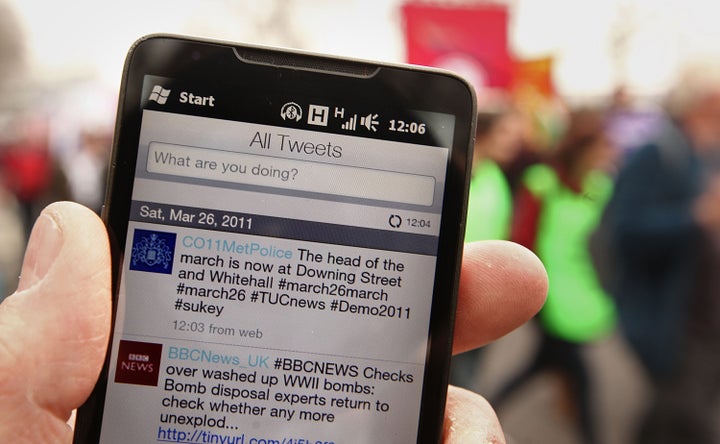
The New York Times last week issued an entertaining challenge to some of our best-known poets: to Write a poem on Twitter, subject to its 140-character limit. You can read the (mixed) results of this daunting challenge. Former poet laureate Robert Pinsky punned on the word "characters," Claudia Rankine boldly meditated on the tsunami and Elizabeth Alexander fully embraced Twitter's unique dialect and syntax (which I loved). For Alexander, the Twitter forum was "just enuf 2hold/1 xllent big word."
But if The New York Times fancies itself to be on the cutting edge of merging literature and technology, it would be wrong. That honor goes, by a wide, wide margin, to geneticist Craig Venter.
Almost a year ago, Venter and his team of scientists made news by creating a "synthetic life form" by replacing a bacterium's natural DNA with synthetic genetic material. Forbes magazine reported last week that Venter and his team also encoded famous quotes into its DNA in order to identify it as synthetic. Having some flair for the dramatic, the team selected quotes that spoke eloquently about creation, including one from James Joyce's "A Portrait of the Artist as a Young Man": "To live, to err, to fall, to triumph, to recreate out of life"; and another from renowned physicist Richard Feynman: "What I cannot build, I cannot understand." The scientists somehow wove the quotes directly into the DNA. Yes, printing has come a long way since Gutenberg.
But this first foray into DNA literature didn't turn out so well. James Joyce's estate sent a cease and desist letter when they heard the news. And it turned out that the scientists misquoted Feynman, who actually wrote, "What I cannot create, I do not understand." This raises the question of whether anyone has invented genetic Wite-Out.
It also got me wondering. As scientists improve their ability to manipulate the genome, will a market might emerge for people who want to imprint quotes into their own DNA, or even their children's, as a sort of genetic tattoo? (If you think that's nuts, just remember that people do this.) I have to admit -- even as someone who eschews tattoos -- that there's something oddly appealing about weaving meaningful words into one's body. It would serve as a genetic epigraph, in a way, invisible to the world, and free -- let's hope -- of a character limit.